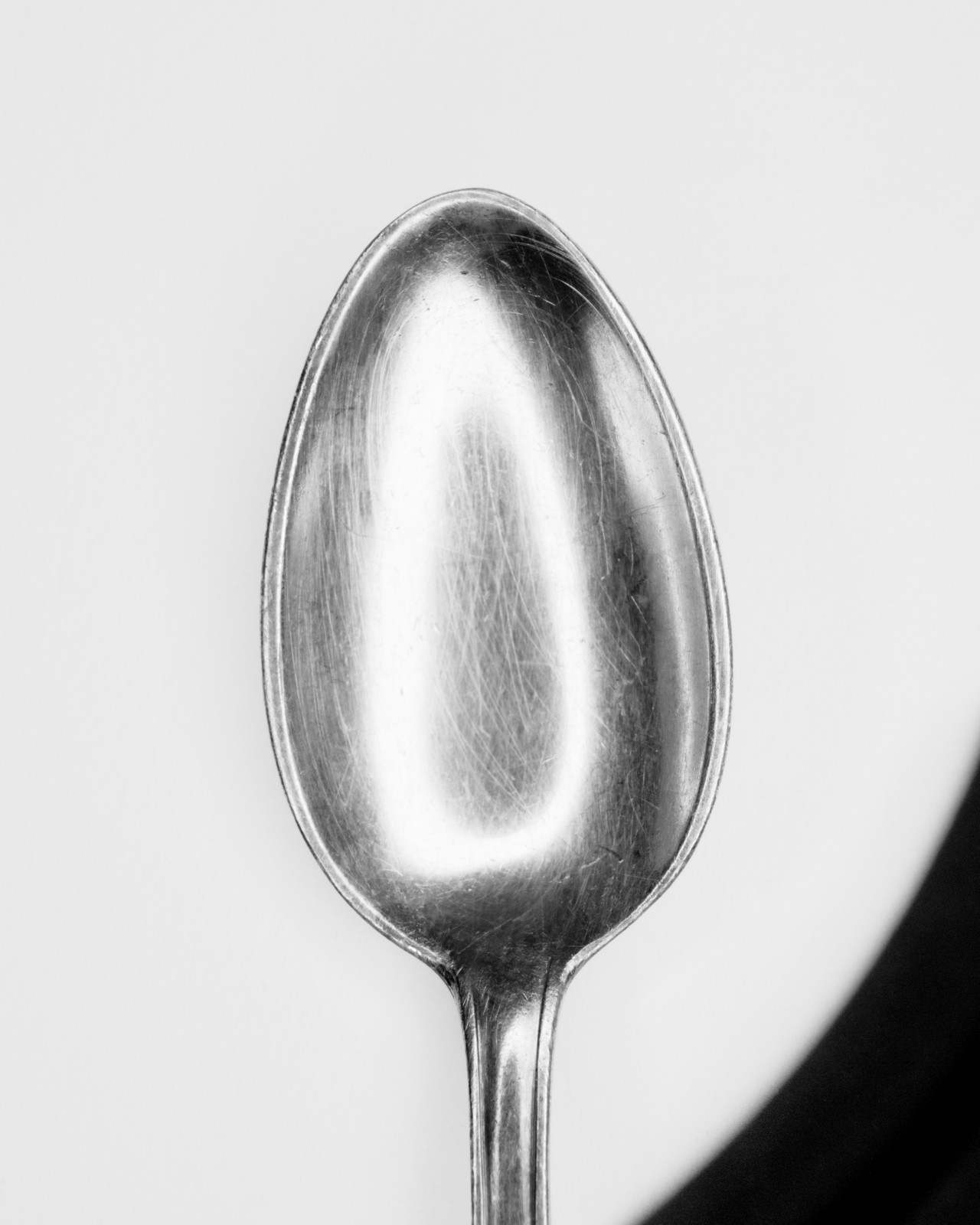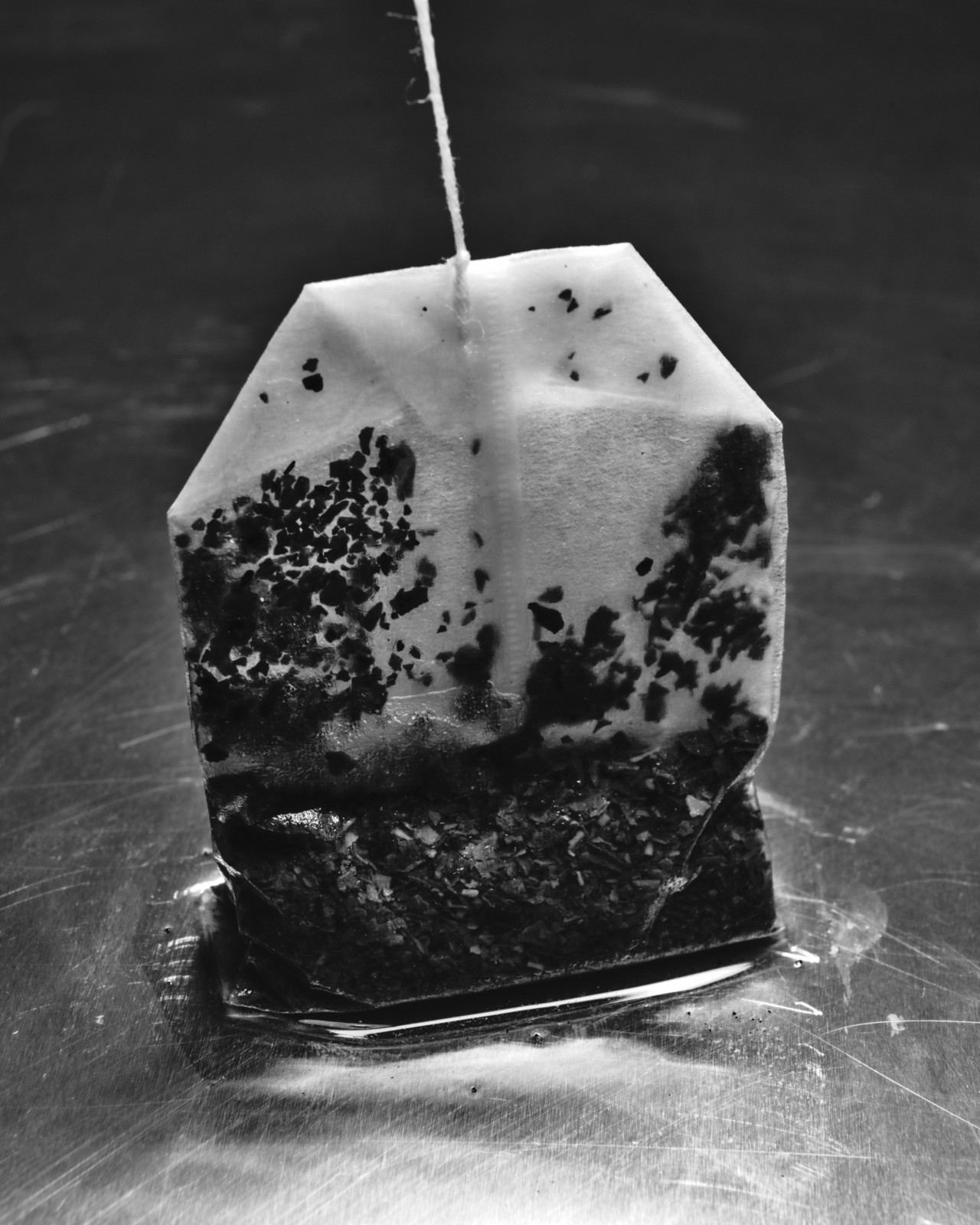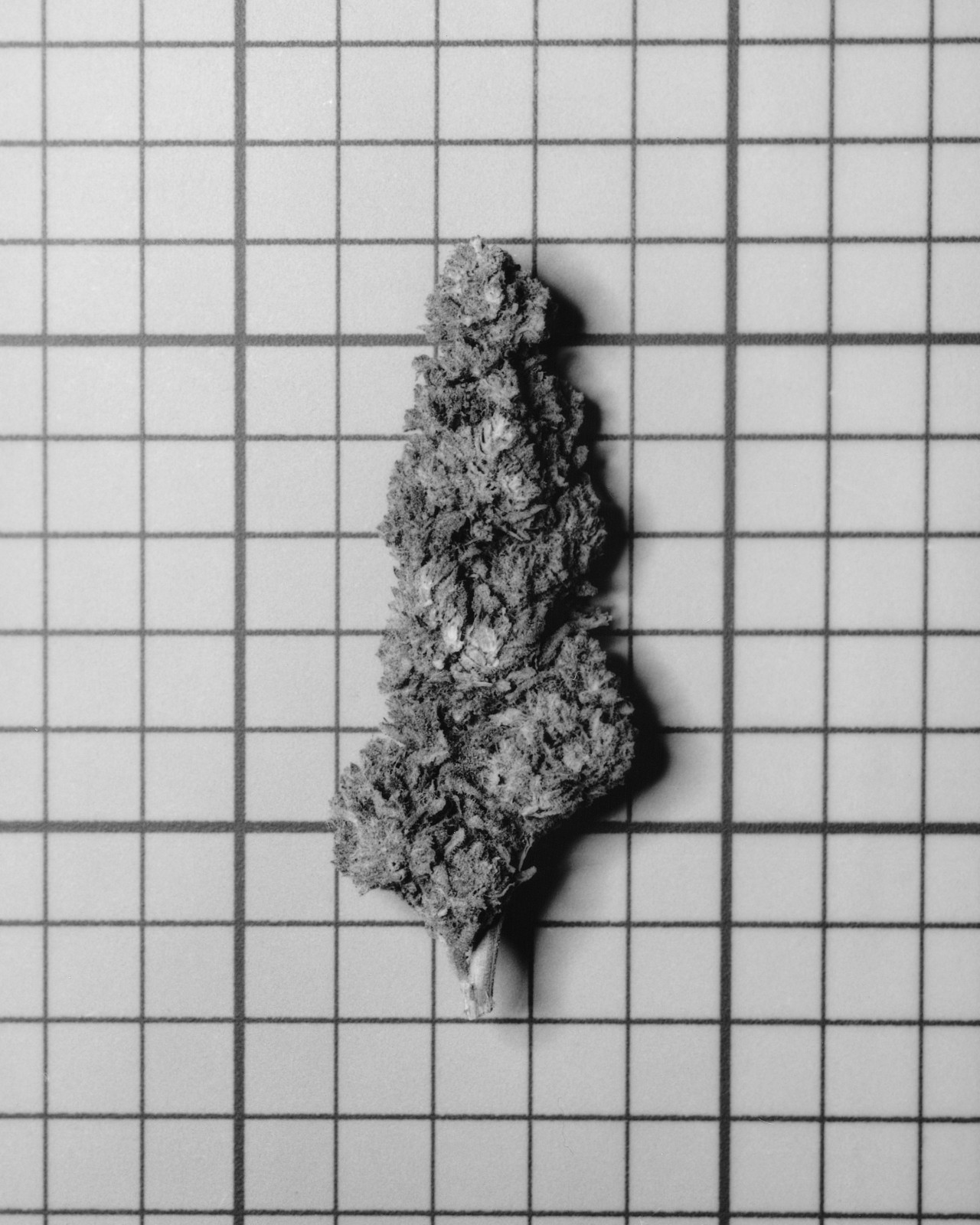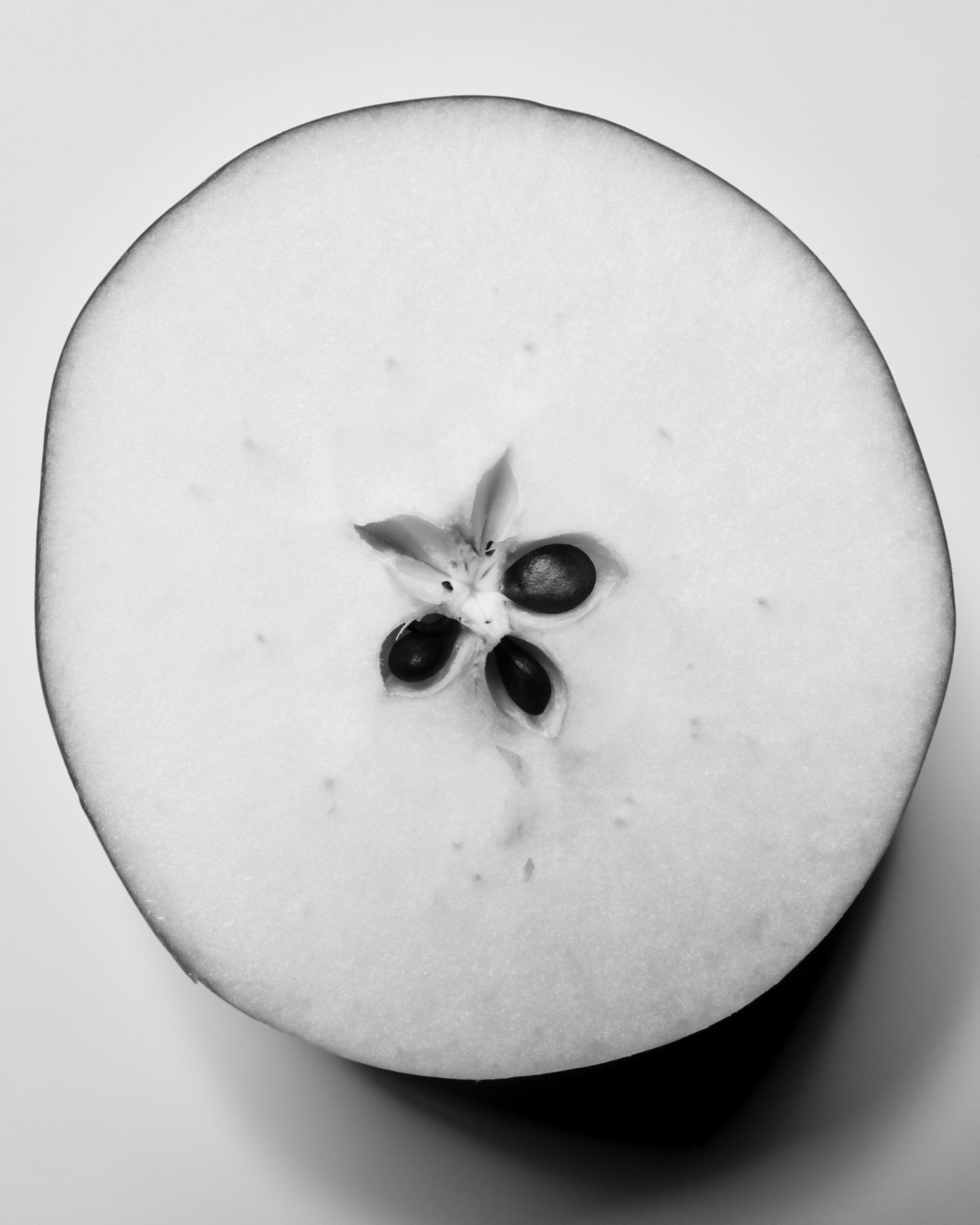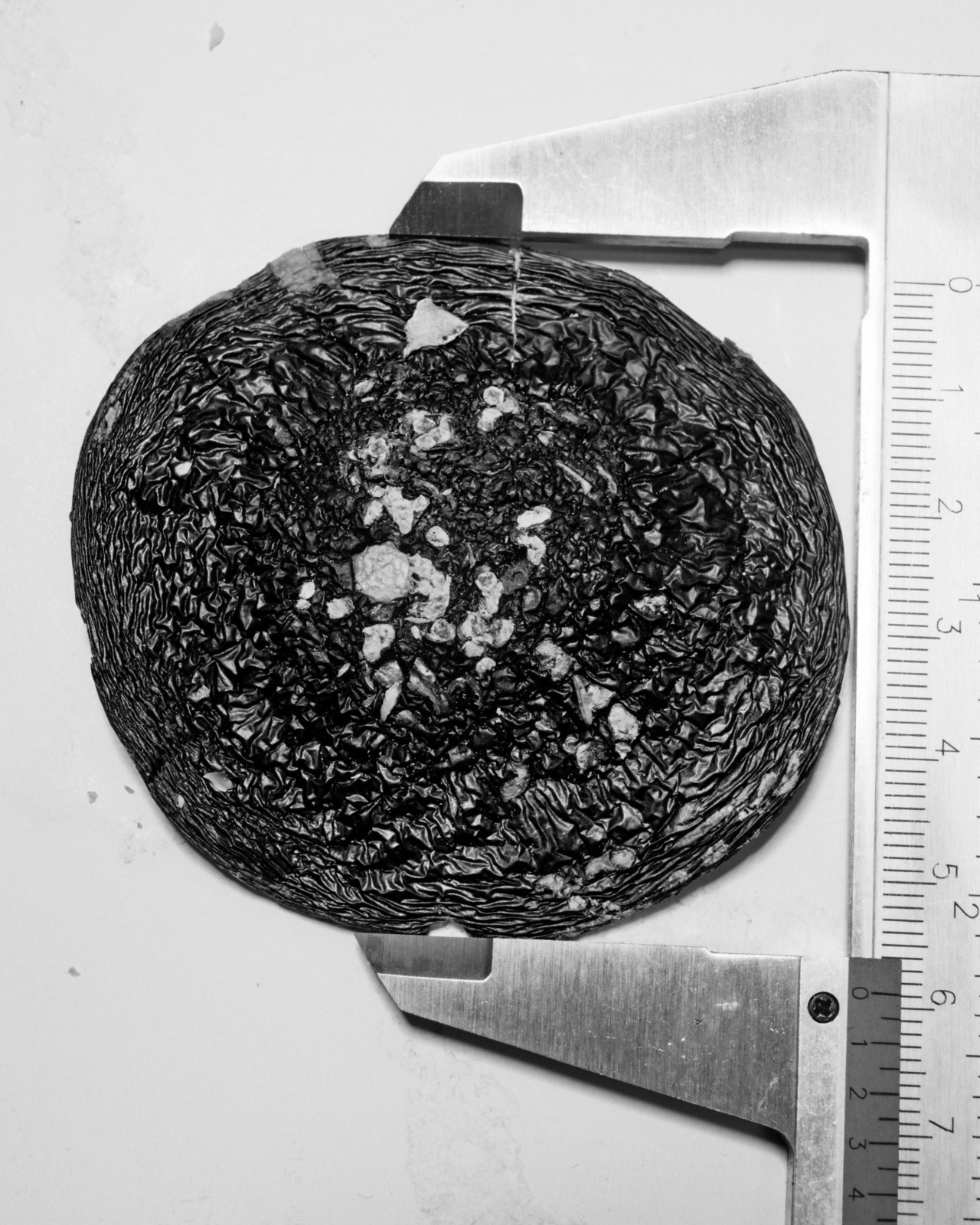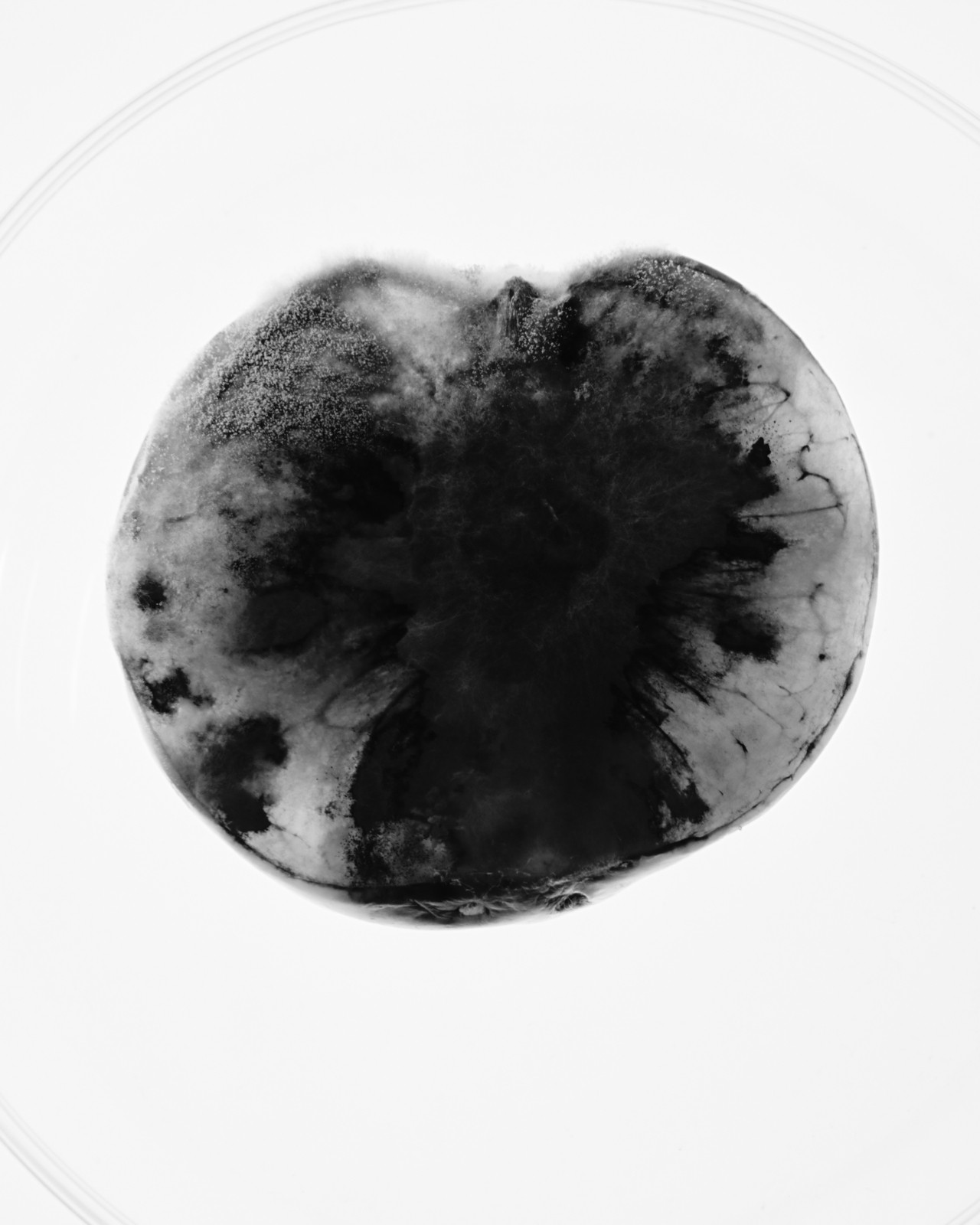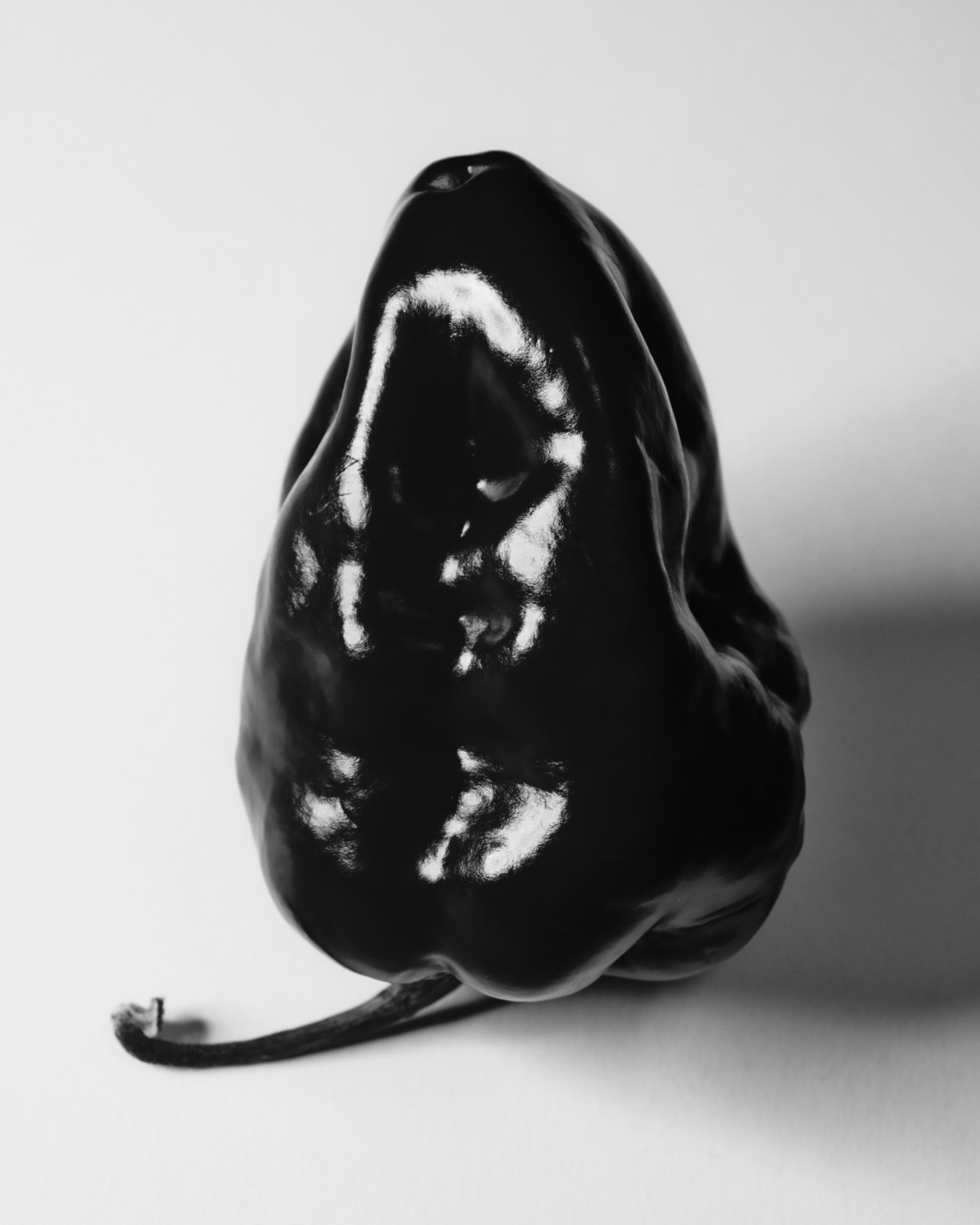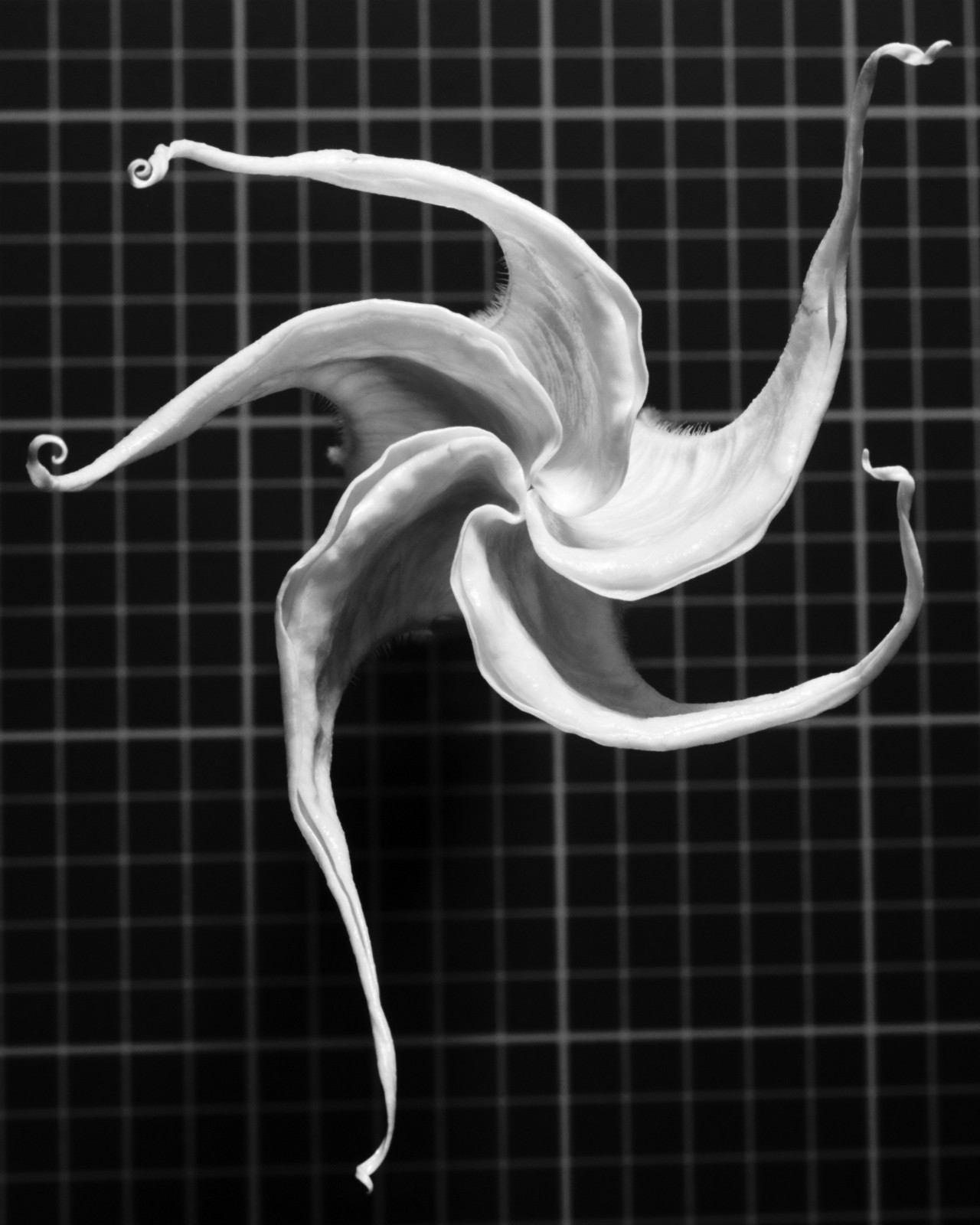

As autumn falls each year in North America, millions of monarch butterflies make their annual aerial journey from the prairies of the eastern U.S. and Canada to a handful of evergreen volcanic peaks in Michoacán, Mexico. As they travel thousands of miles, they cross paths with ravenous predators. But not to worry—they’re dutifully protected by poisons lurking in their bodies.
These toxins, called cardiac glycosides, can kill potential predators. The butterflies, however, don’t make the poisons themselves. Rather, they obtain the toxic chemicals from milkweed plants they eat as caterpillars—toxins designed to fend off herbivores just like them. Through a coevolutionary arms race, milkweeds and monarchs have innovated new ways to poison and avoid being poisoned. These “wars of nature,” as Darwin described, occur across the tree of life and have generated a diverse slate of noxious chemicals and species.
I’m an evolutionary biologist who researches exactly how coevolution unfolds at the genetic level. Among other things, I’ve studied how monarchs pierced the chemical defenses of milkweeds and then co-opted their toxins for their own purposes.
My professional interests, to my great surprise, bled into my personal life when my father died in 2017.
My dad passed from complications of alcohol use disorder. Ultimately, he fell victim to one of nature’s toxins: Like the monarch, which deploys poison from milkweeds to stave off predators, my father relied on the ethanol made by yeast to cope with mental and physical pain.

Our uniquely human capabilities—to innovate, to manufacture, and to pursue abundance at all costs—separate us from the pack and may ultimately be our Achilles’ heel.
I wondered how deep the parallels between human and nonhuman animals ran, and since he died, I followed it down a rabbit hole as I wrote my new book, Most Delicious Poison. In the last few years, I’ve learned that humans are not so different from the toxic monarchs that I study: Over evolutionary time, we’ve also borrowed poisons from other species, to our benefit and to our detriment. However, our uniquely human capabilities—to innovate, to manufacture, and to pursue abundance at all costs—separate us from the pack and may ultimately be our Achilles’ heel.
The strange chemicals produced by plants are woven into human history, from global conflict to modern medicine. The geopolitics of poison dates as far back as the 15th century European spice trade. This was driven by an obsession for tropical Asian spices, including black pepper, cinnamon, cloves, ginger, and nutmeg—culinary ingredients that, like the monarch’s defenses, are toxic in high doses and evolved to prevent plants from being eaten.
The spice trade, along with European colonialism and imperialism, led directly to the Opium War between Britain and China, which erupted when the Chinese Emperor banned the drug in 1796. The British Empire had been smuggling opium, a plant-produced narcotic, into China, likely causing millions to develop opioid use disorder. The outlawed imports were an effort to rebalance Britain’s trade deficit caused by the insatiable demand for Chinese tea and its caffeine, itself another plant toxin. One could argue that today’s opioid crisis is rooted in these earlier events.


World War II can also be viewed through the lens of nature’s toxins. Lopsided agreements between the U.S. and many Latin American countries gave the Allies access to new supplies of quinine—a plant-based compound used to treat malaria. The events tipped the scales against the Japanese in the Pacific Theater. They also reoriented Latin America away from Europe and towards the U.S. This geopolitical realignment, sparked by the quest for quinine, has proved consequential, as the U.S. continues to influence and intervene in Latin American democratic institutions to this day.
Remarkably, we can even find human tethers to the coevolutionary battle between milkweeds and monarchs. The chemical ouabain is a cardiac glycoside derived from close relatives of milkweeds that live in Africa. This plant, sometimes called the poison arrow tree, had been used for millennia to arm arrow tips and as medicine. Later, ouabain was isolated and used as a heart medicine in Europe.
Ouabain even led to the development of the first birth control pill. In one obscure study, researchers chemically transformed ouabain into a type of progesterone—the pregnancy hormone. Other scientists then used the same techniques to produce progesterone from diosgenin—a chemical produced by a giant, inedible yam to defend against pests. These studies laid the foundation for the invention of the first birth control pill in the mid-20th century.
Co-opting poison isn’t uniquely human or modern; our use of it might even predate our origin as a species. Great apes use plants to treat illnesses, and the remains of a Neanderthal named “Sid” suggest that he used yarrow, Penicillium mold, and poplar bark as medicines to treat an infection 50,000 years ago. It’s not far-fetched to trace a line from our common ancestor with the Great Apes to Sid the Neanderthal, to the carefully metered dose of caffeine found in my morning coffee.
What does differentiate us, however, are our modern abilities to refine chemicals that evolved not for our sake and to synthesize drugs inspired by natural toxins. These recent human phenomena have led to the modern, seemingly miraculous pharmacopeia we take for granted. Take, for instance, the anticancer drug vincristine from the Madagascar periwinkle, which is used to treat childhood leukemia, or aspirin, an acetylated form of the salicylic acid made by willow trees.
This treasure trove of pure chemicals can remedy ailments and save lives—but it also has a dark side, and we are now walking on the knife’s edge. These drugs can be overused or used improperly, and unlike monarchs, not all humans are equally prone to using toxins to cope with life’s throes. Those who have been abused, neglected, and starved of educational opportunities, like my father, are far more likely to succumb to substance use disorders. And, in an effort to soothe our big, fragile brains, we may end up harming ourselves in the long run.
In writing Most Delicious Poison, I learned that two perspectives can at once be true: Animal use of plant poisons transcends us, but our uniqueness as human beings enables us to use and abuse them in ways that extend far beyond what any other animal could do.
Poisons have guided evolutionary and human history, for good and for bad, from monarchs and milkweeds to spices and vices. They’ve provided rich substrates for innovation, from the monarch’s evolutionary defenses to the invention of the first birth control pill. Unchecked, however, poisons can be our downfall. Our uniquely human capabilities and shortcomings require a fettered relationship with nature’s toxins—one where its endless diversity can be tapped for remedies and cures, but where moderation and balance set guardrails against our own toxic pursuits and desires.


How The Dance of Poison Shapes Nature and Mankind
